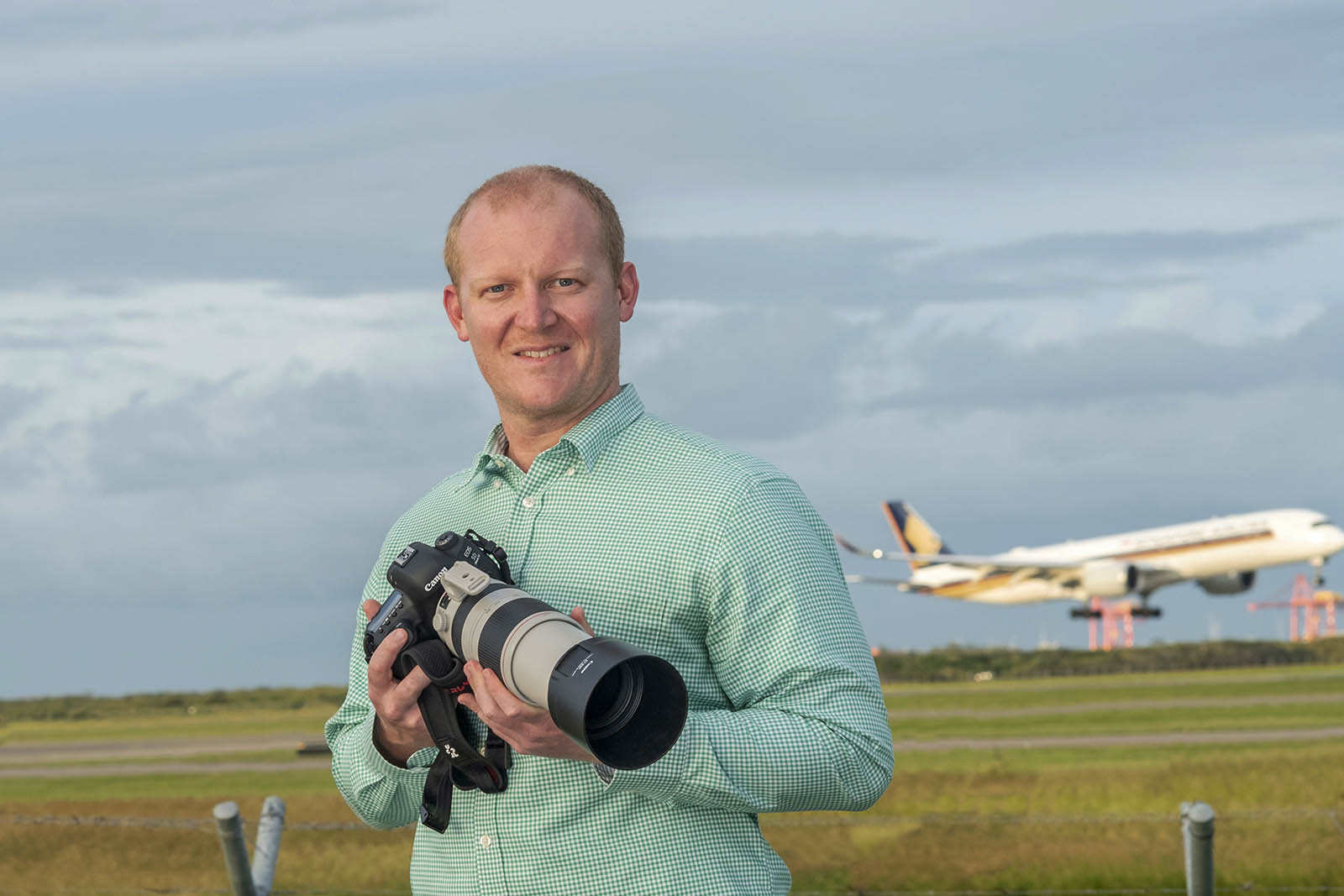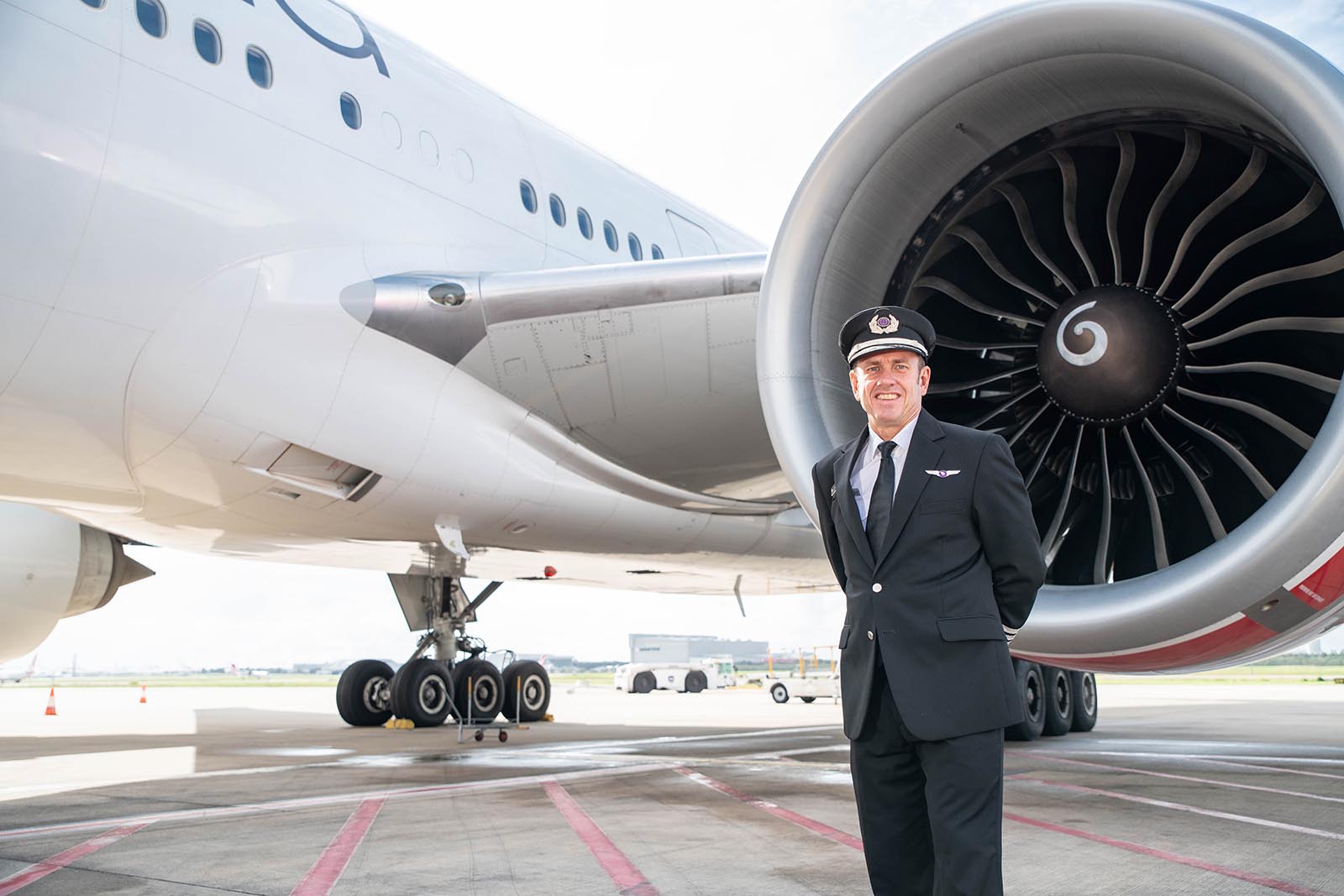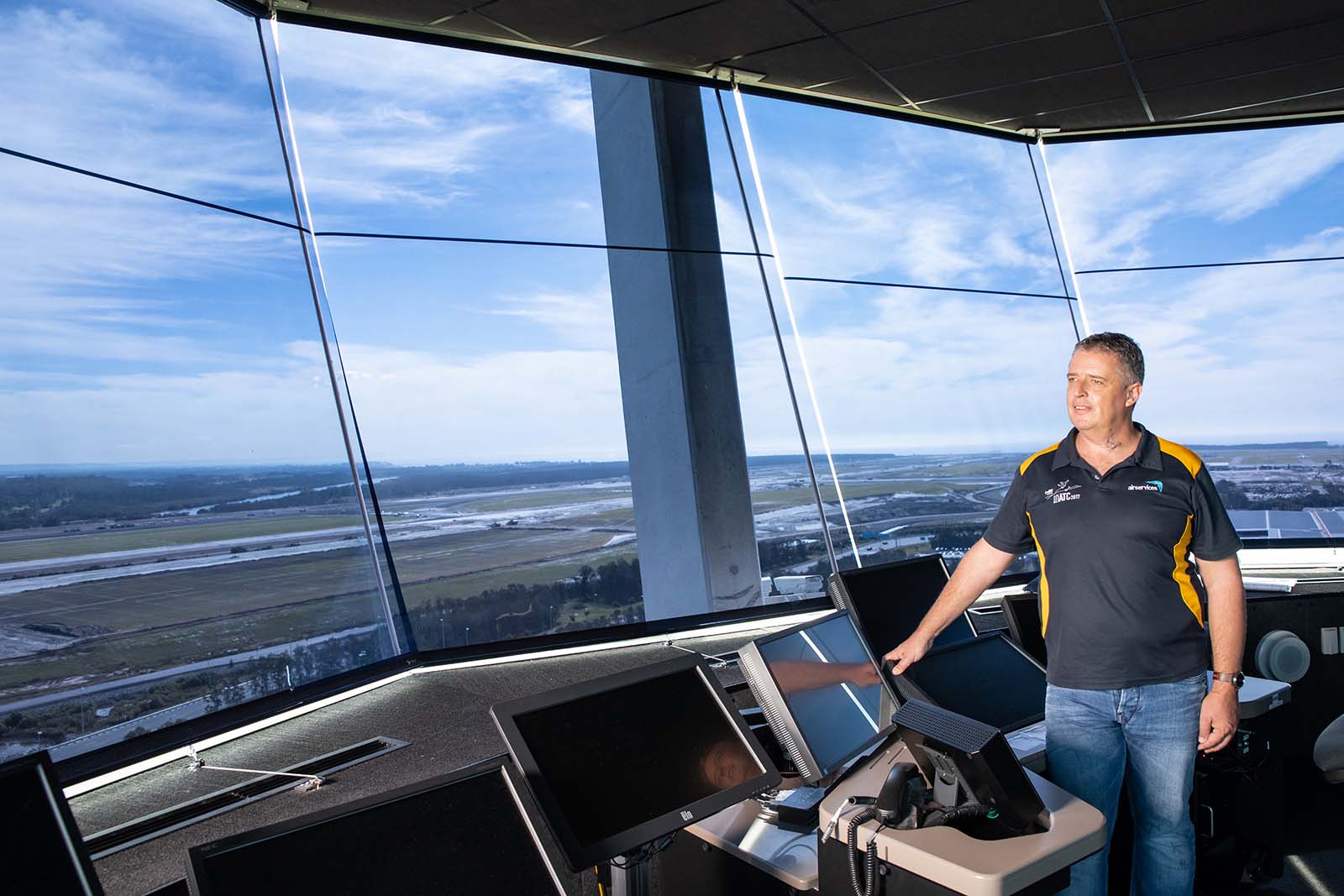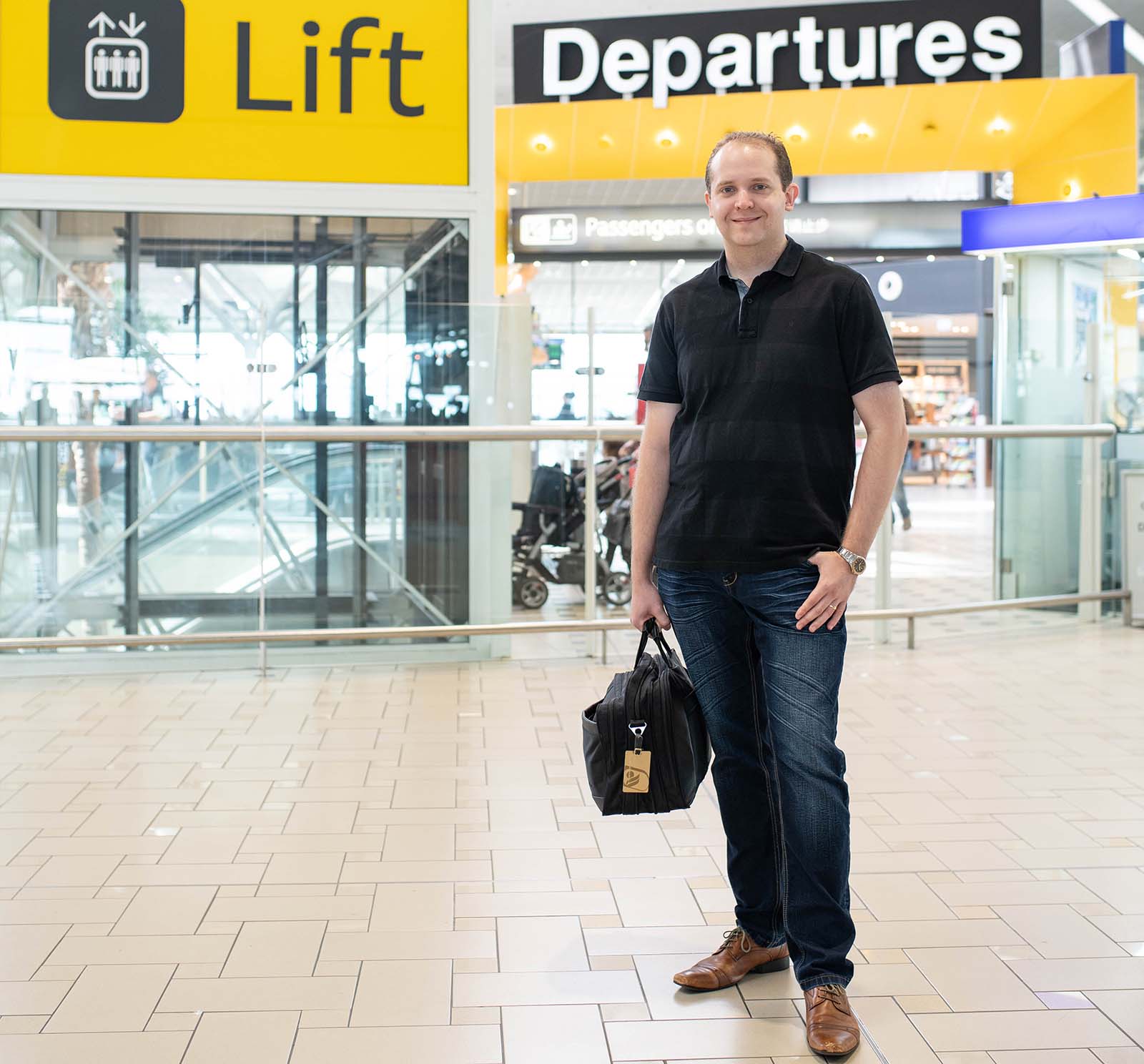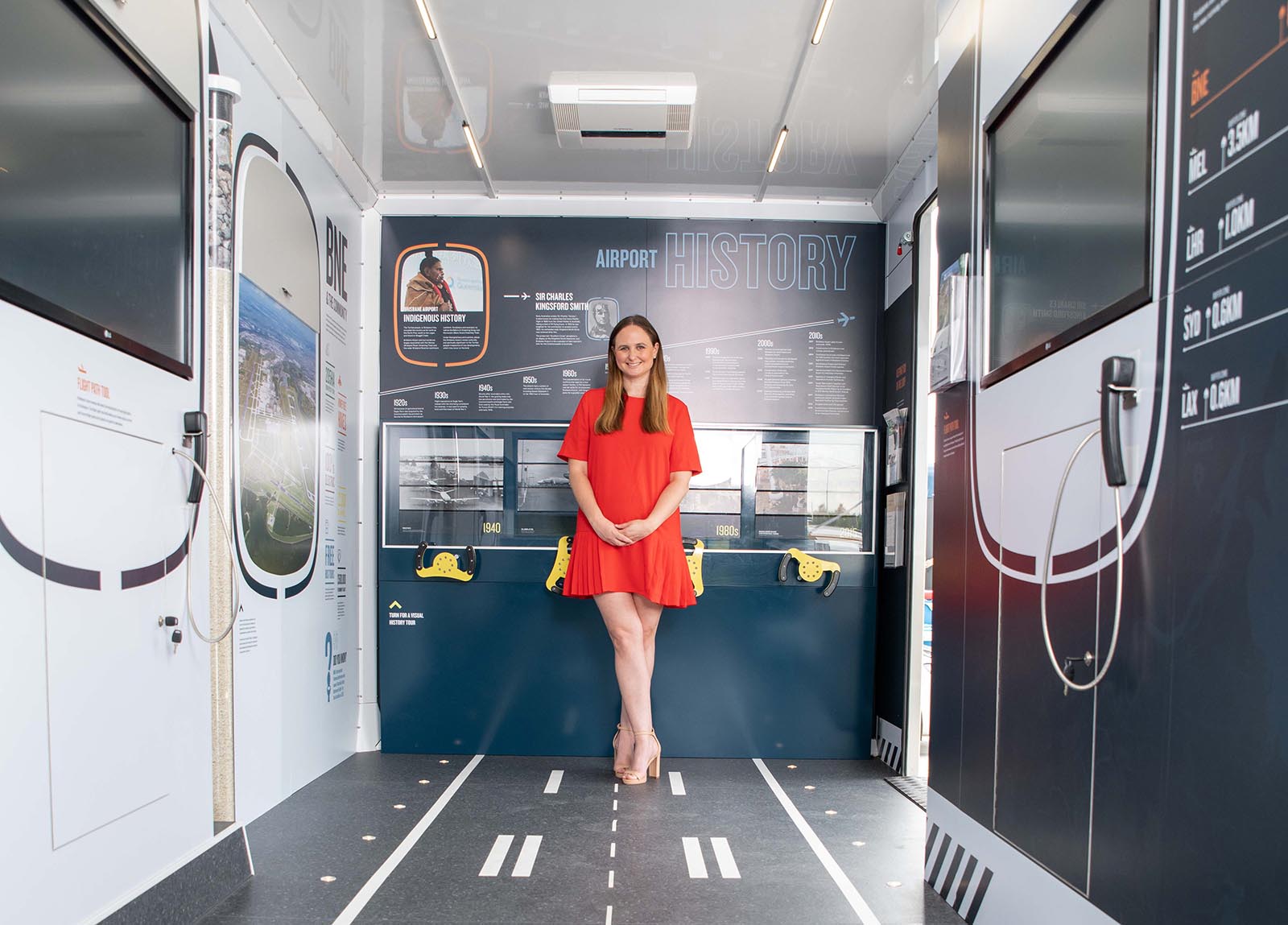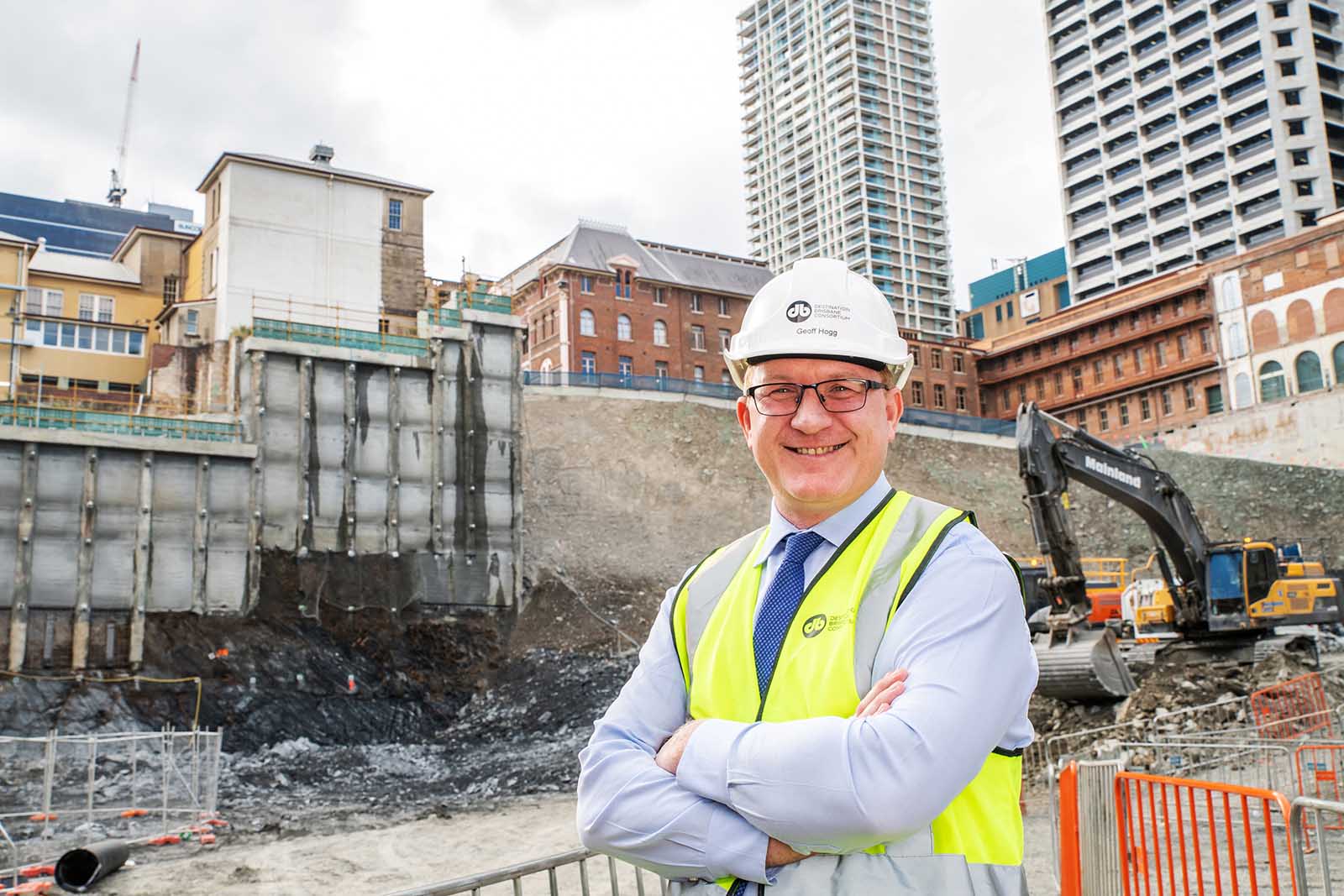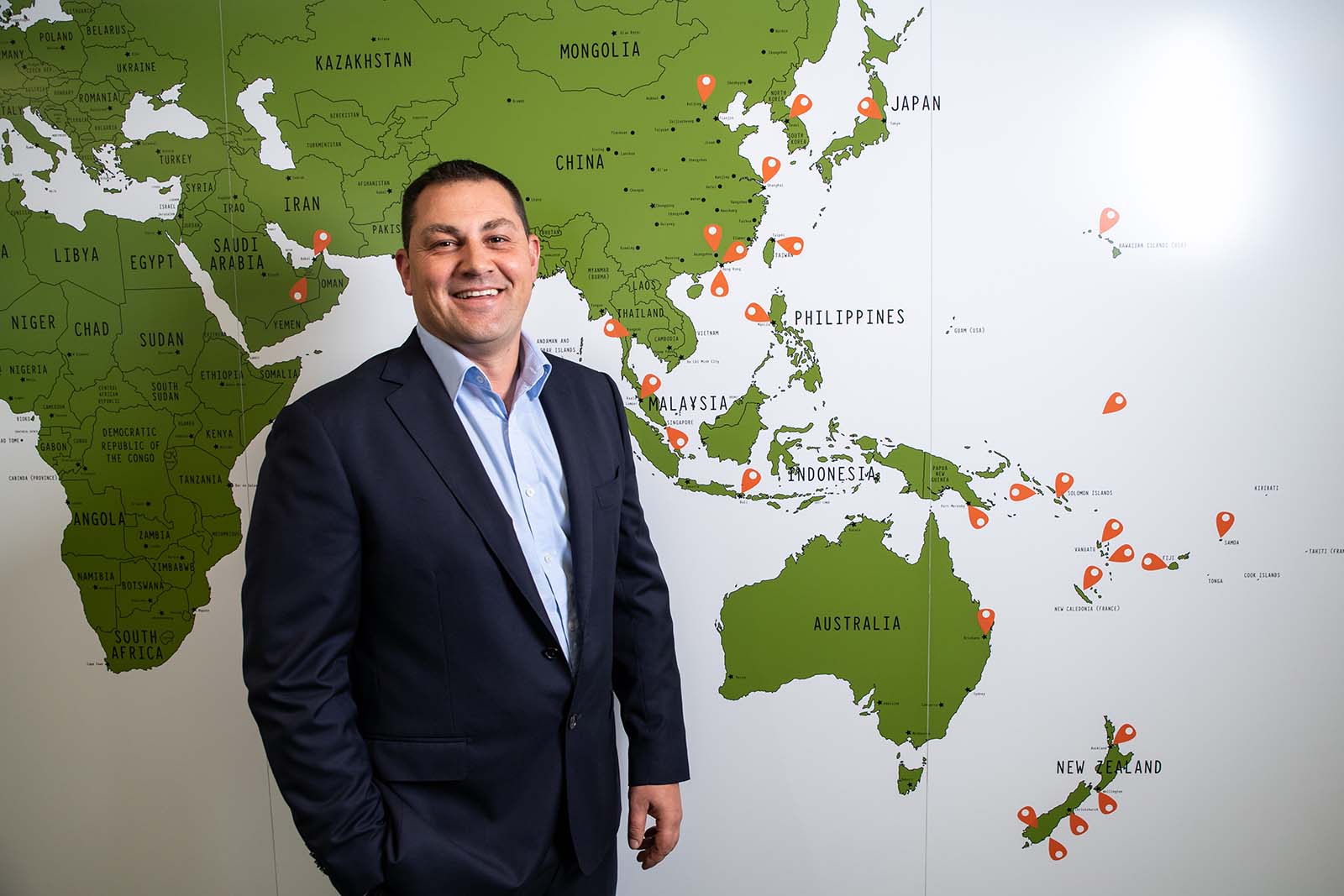
As Brisbane’s new runway nears completion after almost eight years under construction we asked people with different links to the airport what this new development means to them…
Jim Parashos, Executive General Manager Aviation Development and Partnerships, Brisbane Airport Corporation
Why did Brisbane Airport need a new runway?
“Forecasts indicate that the number of passengers wishing to travel each year will grow from more than 23 million passengers currently to around 50 million by 2035.”
How big is this project?
“It has been one of the largest aviation construction projects in Australia and includes a new 3.3km long runway, more than 12km of taxiways, navigational aids, airfield infrastructure and hundreds of hectares of airfield landscape.
The investment has been approximately $1.3 billion over eight years and, once complete, Brisbane will have the best runway system in Australia, effectively doubling our current capacity and giving our passengers a greater choice in airlines, destinations and flight times.”
What is the benefit to Greater Brisbane?
“Over the next 15 years the new runway will lead to the creation of 7800 new jobs and contribute an additional $5 billion in annual economic benefit to the region.”
Beau Chenery, plane spotter
Chenery has covered a lot of flyer miles across Asia, Europe and America pursuing his hobby and photographed around 6000 different aircraft, including Air Force One at the G20 in Brisbane.
What will photography enthusiasts be looking for?
“Having two runways will allow photographers the opportunity to try new angles and mix things up a little. For example, trying to get two aircraft arriving at the same time when parallel runway operations are in progress or just having new vantage points near the new runway. A stroll out to Nudgee beach in the afternoon will allow you to see aircraft much closer than what is currently possible. It will be a rather impressive sight. I think it will be fair to say some people will be investing in little boats or jet skis in order to get some different photos.”
Heath Williamson, Director and Designer, Firefly Lighting
Heath Williamson travels the globe monthly in search of new trends and relies on BNE to fly his lighting all over Australia and to the world, from Sydney’s Vivid Festival to rock concerts in the UK and film sets in LA.
How will the new runway benefit your business?
“Our company has been growing very quickly globally, so our demand for international freight has doubled in the last 12 months. I’m always operating in tight timeframes — film, television and rock ‘n’ roll want everything yesterday. The new runway will help get my business closer to my customers with even more frequent, efficient air freight. It’s like my warehouse is in Los Angeles rather than Eagle Farm. But the new runway not only benefits our company, it makes our sub-tropical city a more important international hub and that brings money into our city.”
Andy Bauer, Virgin Australia Base Manager (Flight Crew) Brisbane
Bauer flies Boeing 777-300ER aircraft between Brisbane, Sydney and Melbourne to Los Angeles and has been a pilot with Virgin Australia for 18 years.
What will the new runway mean to you?
“Fewer delays and less noise impact on the community, especially at night. The reduction in delays and airborne holding will make the flight more efficient and predictable which improves the guest experience and reduces cost to the business – both of which are goals for flight crew. By having a second runway, it effectively doubles the number of arrivals and departures in and out of Brisbane which means that in a disruption we can get our passengers on their way a little faster.”
Is there anything about the construction that you find impressive?
“Some of the techniques used have been really interesting. For example, there’s been a lot of recycling of onsite materials; there was a lot of work undertaken by Brisbane Airport Corporation (assisted by Virgin Australia) to minimise the impact of the approach lighting system into Moreton Bay; and the use of slow growing grass to minimise mowing requirements which reduces insect activity and consequently reduces bird activity in the runway environment.”
Michael Beckhaus, NPR specialist, Airservices Australia
Airservices Australia operates the control tower monitoring the runway at Brisbane Airport.
What difference will the new runway make for air traffic controllers?
"It takes the pressure off the current runway. At the moment we can have up to 50 movements (arrivals and departures) in an hour and we can double that with the second runway (by comparison, Sydney has a cap of 80 movements). We will be adding new staff and equipment in the tower as our airspace view goes from 180 degrees to 360 degrees and we will have more ground control staff as well."
Is any training required for the change?
"A new 360-degree simulator is being designed and built on site at the Airservices Australia Centre at Brisbane Airport and every controller will go through nine days of specific training before going ‘live’ in the tower."
What has most impressed you about the new runway construction?
"It’s size. It’s such a big area and in the last 12 months in particular it has taken shape so quickly. Sydney has parallel runways but it’s tight for space. We have space and it’s a new type of parallel layout for Australia.”
Chris Chamberlin, associate editor, Executive Traveller
Last year alone he flew 300,000 kilometres, enough to circle the planet seven times, but Chamberlin’s focus is not on the flyer miles so much as it is on non-stop flights when he’s booking a journey.
What will the new runway mean to you?
“Every airport has its busy periods and having another runway available means flights can get on their way sooner, while other aircraft continue to land. This means passengers will spend less time waiting to depart, airlines will burn less fuel (reducing not only costs, but carbon emissions), and for business travellers, helps keep them on-time for their next meeting, or gets them home in time for dinner."
“Many airlines these days are also favouring frequency over capacity – that is, flying smaller aircraft more often to give travellers more choice, as opposed to flying larger jets less regularly. This translates into more take-offs and landings: exactly what the new runway is designed for. I’m hoping some of those take-offs and landings will be from new airlines that add Brisbane to their network.”
Jessica Shannon, Community Relations Manager, Brisbane Airport Corporation
Jessica Shannon co-ordinates the road trip schedule for ‘Benny’, Brisbane Airport’s mobile information centre which will be in a new location each week – from Caboolture to Browns Plains and from Redlands to Jindalee – helping Brisbane residents get the facts on BNE’s new runway and what it means for them.
What can people learn from Benny?
“On board there are videos, a digital flight path tool, an architectural model of the entire airport site, audio information hook-ups and more. At EKKA we launched a Virtual Reality experience for people to see the runway operations. We want to make sure people can get all the right facts to help them.”
What’s a quick fact about the new runway you can share?
"3,500 tonnes of reinforcing steel was used on the Dryandra Road Underpass below the taxiway; that’s equivalent to the weight of 600 elephants!”
Geoff Hogg, Managing Director Queensland, The Star Entertainment Group
The Star Entertainment Group is the lead partner in the Destination Brisbane Consortium developing the $3.6 billion Queens Wharf integrated resort on the city waterfront, due to open in 2022.
How important is the new runway to the Queen’s Wharf development and tourism in Brisbane?
“We expect Queen’s Wharf Brisbane will attract an additional 1.39 million visitors to Brisbane each year, which will be complemented by the fact that the new runway will double the airport’s capacity making it easier and more attractive for domestic and international tourists to visit.
“Together we are part of a wave of more than $15 billion in tourism and transport infrastructure investment that will change Brisbane forever, including projects like the new Brisbane Metro, Cross River Rail, Howard Smith Wharves, and the Brisbane International Cruise Ship Terminal.
“Our developments will help build the city’s global reputation as a place that attracts the tourism and leisure market, in addition to the business and events markets. Without these developments, the city would fall behind in terms of realising a large share of tourism from both domestic and global markets. This is especially true for places like China and Asia where the more affluent middle-class demographic continues to expand exponentially. Chinese visitors spent more than $1.4 billion in Queensland in 2018 – a record.”


